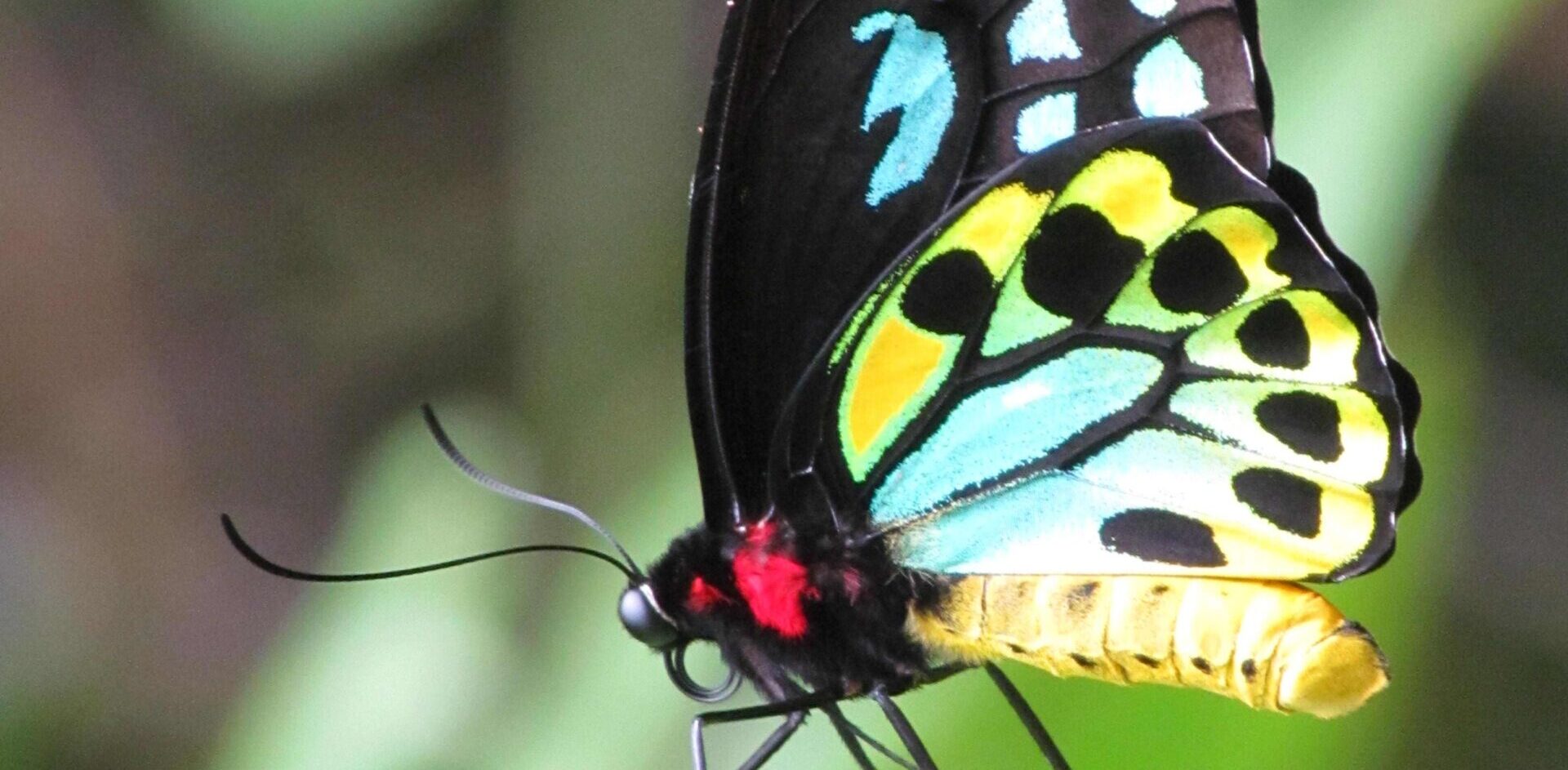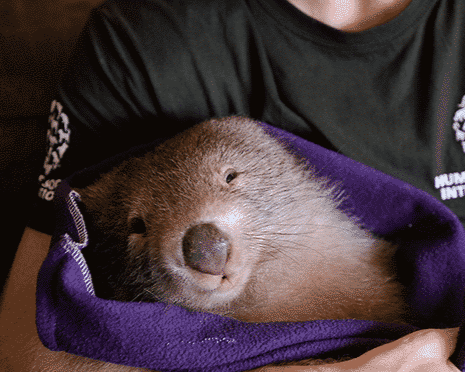The Newsletter of Humane World for Animals' Wildlife Land Trust • Issue 30 • 2025 Read More
New Federal Environment Minister Sussan Ley has wasted no time in clearing the considerable in tray left by her predecessors, and the good news is that she has so far acted decisively on the expert advice provided. Of particular note to HSI are the Minister’s decisions to list three woodlands as Threatened Ecological Communities under our national environment law.
As the nominator of these threatened habitats, HSI has been frustrated by their protection being needlessly and excessively delayed by former Ministers Josh Frydenberg and Melissa Price, who used a legal loophole to defer the listings on multiple occasions. Documents we obtained showed that they had been lobbied against making the decisions by industry groups and Coalition colleagues, with the delays also starting around the time a company directed by Federal Minister Angus Taylor’s brother was under investigation for allegedly illegally clearing Critically Endangered vegetation.
While listing these woodlands promptly and in line with the expert advice could be considered Minister Ley simply doing her job, the history of delays and political pressure makes the decisions truly worthy of congratulations. She has bucked the trend set by her predecessors, and as of yesterday all three woodlands are officially considered Matters of National Environmental Significance.
But enough of the politics, let’s talk about the woodlands and why they’re so important to protect:
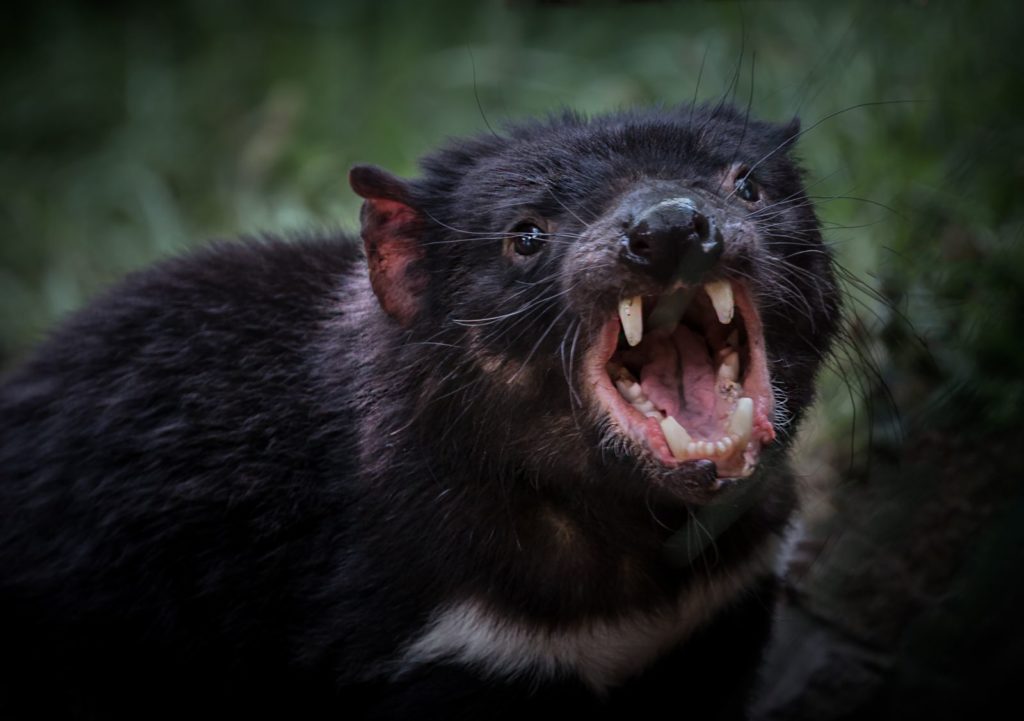
Tasmanian Forests and Woodlands dominated by black gum or Brookers gum
These forests are only found in Tasmania, and while they meet multiple criteria for a threatened listing the Critically Endangered category was met due to around 90% already being cleared and remaining patches being threatened by weeds, fire, and changed water flows. Prior to colonisation they are thought to have covered 226,000 hectares, now the best estimate is that around 23,000 hectares of the woodlands remain.
Additional protection for these forests from ongoing clearing aids the survival prospects of more than 60 species considered threatened in their own right, including the swift parrot, Tasmanian devil, King Island brown thornbill, forty-spotted pardalote, spotted-tail quoll, and an array of orchids.
More information and maps available through the Department website.
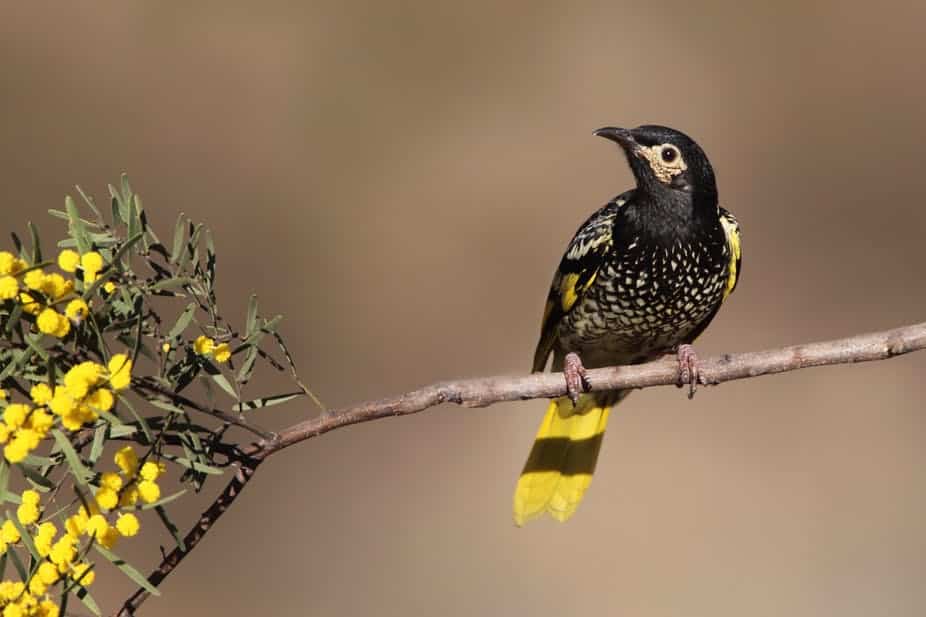
Poplar Box Grassy Woodland on Alluvial Plains
Poplar box grassy woodlands occur on the inland floodplains of New South Wales and Queensland, covering some 1,270,000 hectares. While this figure may sound enormous, it’s nothing compared to their pre-colonisation n extent of more than 5,000,000 hectares. This severe decline of around 75% is one of the reasons they are considered Endangered, as is the fact that most of what remains is severely degraded. The lengthy time required to recover vegetation structures with an adequate representation of large old trees limits the potential for recovery, making looking after the best bits that remain all the more important.
The listing provides umbrella protection for the habitat of at least 21 threatened species, with the koala, bridled nailtail wallaby, swift parrot, bilby, and regent honeyeater among the iconic wildlife represented. If these species are to have any chance of thriving in the future we must protect their habitat before it’s too late, and Minister Ley’s listing will go a long way to helping this happen.
More information and maps available through the Department website.
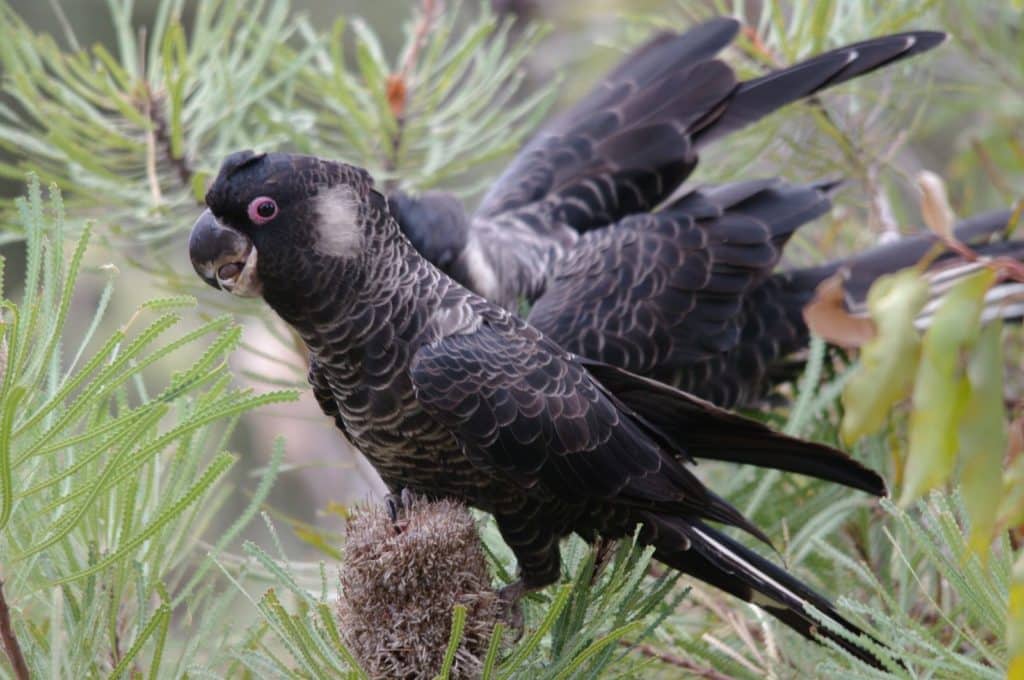
Tuart Woodlands and Forests of the Swan Coastal Plain
Western Australia’s Tuart woodlands (the name reflecting one of the various Noongar names for Eucalyptus gomphocephala) occur within the Perth basin, and having been heavily cleared in the past for agriculture and timber, they are now primarily threatened by urban expansion and the associated impacts of clearing, changes to the water table, and invasive species.
The recent listing recognises their Critically Endangered status, with less than 20% of the woodlands’ pre-colonisation extent of 125,000 hectares remaining and a ‘very severe’ reduction in integrity due to fragmentation that continues to compromise the community’s survival. It will be pivotal to ensuring the expected urban expansion in Perth avoids the largest trees on the Swan Coastal Plain and the most threatened habitat for species such as the western ringtail possum and Baudin’s and Carnaby’s cockatoos.
More information and maps available through the Department website.
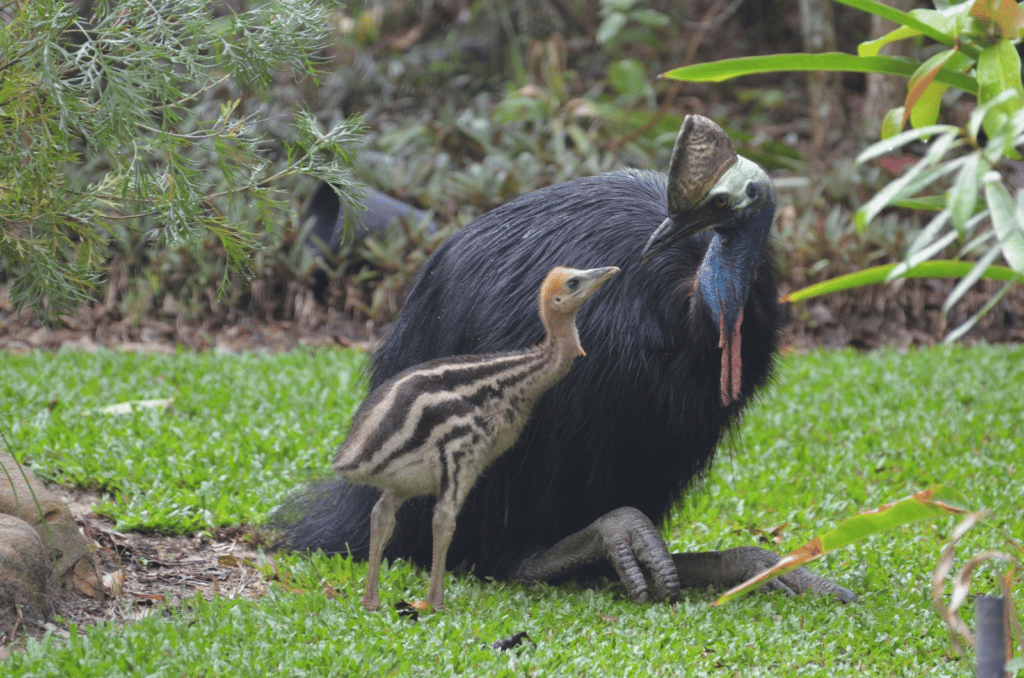
Successful nominations take a number of years to result in Threatened Ecological Community listings, and there are plenty more that HSI has submitted over the past several years with decisions due shortly, including:
- Ridged plains mallee woodland
- Robertson Rainforest in the Sydney Basin Bioregion
- Lowland Tropical Rainforest of the Wet Tropics Bioregion; and
- Mallee bird community of the Murray Darling Depression bioregion
HSI is very proud to now be responsible for nominating nearly 40% of the threatened habitats recognised under our national environment law. The legislation may be far from perfect, but the conservation attention and opportunity for targeted recovery action unlocked by these listings is vital to their survival. We need to know what and where our most precious places are to avoid impacts on them wherever possible – it’s essential to informed planning and turning the extinction crisis around!
Evan Quartermain is Head of Programs at Humane Society International and has been with the organisation since 2010. A member of the IUCN World Commission on Protected Areas, Evan is responsible for HSI’s terrestrial habitat and wildlife protection campaigns and programs, with particular focus on legislative reform, flying-foxes, dingoes, and habitat protection through Threatened Ecological Community and Natural Heritage nominations.
Header image: Nature’s Wonderland, WLT Sanctuary

